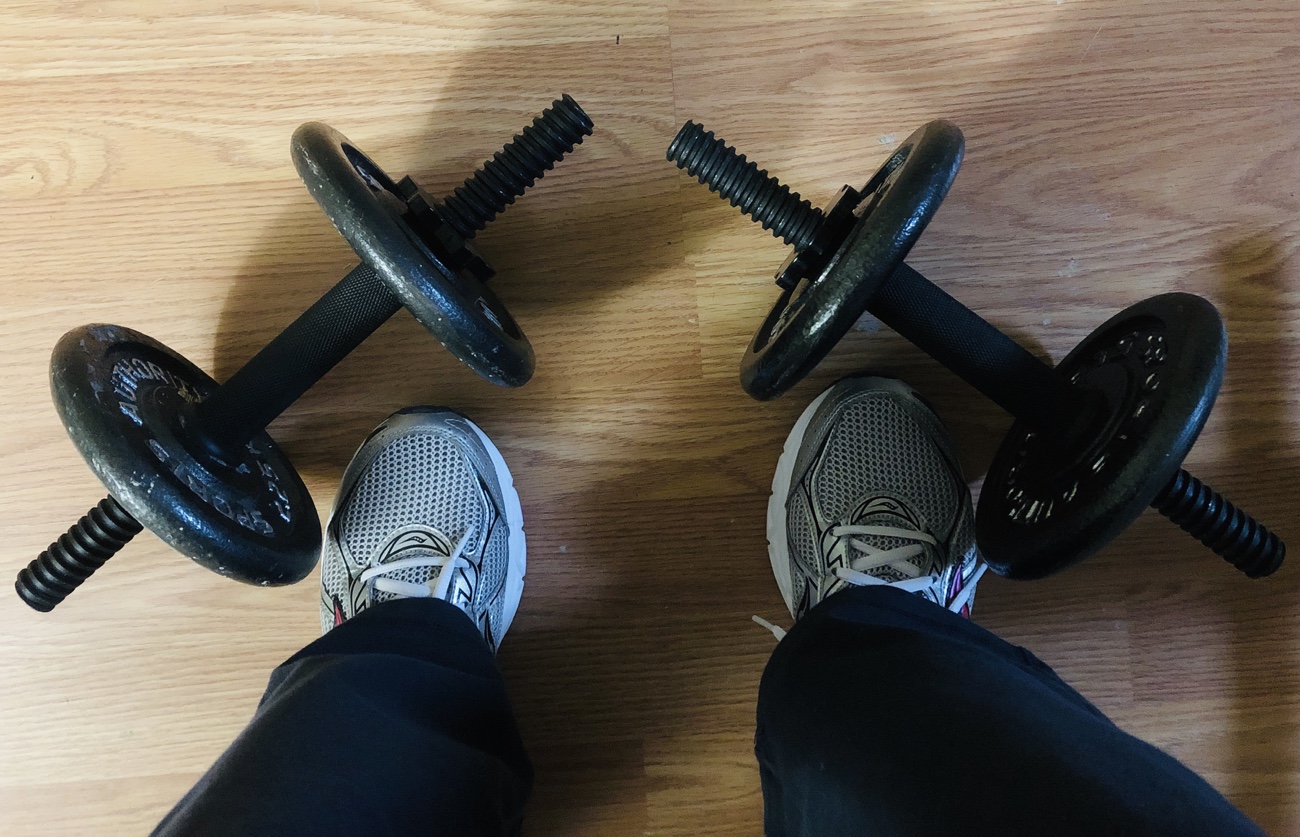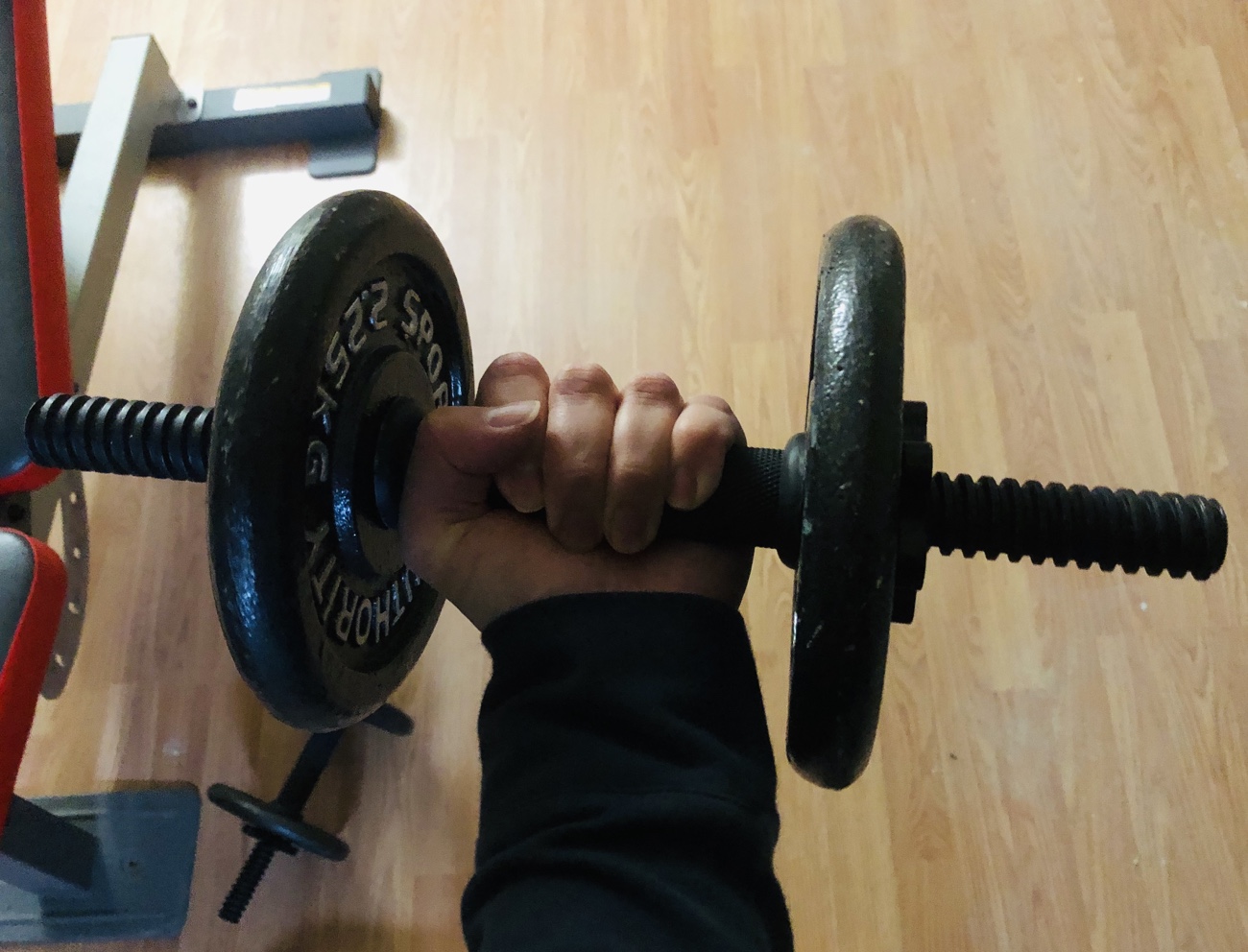
Did you walk to school when you were a kid? I did, and so did the other neighborhood kids. We were getting regular exercise and didn’t even realize it. These days, sadly, walking isn’t really a part of many peoples’ lives, and with sedentary jobs and long commutes, moving around is actually something that we have to think consciously about engaging in. Many of us go to gyms or find ways to work out at home, but regardless of how you choose to exercise, it’s a key component of a healthy lifestyle and maintaining functional fitness so that as you age, you can continue to do the activities you enjoy…and sometimes, it takes a lot to get motivated and do it.
As we age, functional fitness becomes increasingly important – arguably, more than beefy biceps or chiseled abs (though those are nice to have, too). Many people spend decades working desk jobs, where there is very little regular physical activity and plenty of other (easier) activities besides exercise. Our metabolisms slow as we get older, too, hastening the accumulation of pounds.
Cumulative physical damage also catches up with us: we may have aches and pains from those high-impact activities and mishaps we suffered when younger, and may become less flexible. Without concerted efforts to maintain fitness, people may become heavier, weaker, and even lose the ability to perform the activities they once took for granted – for homesteaders, it could be lifting bags of feed and carrying 5-gallon water buckets; for others, it could be carrying heavy grocery bags or lifting small children.
Even if you’re young and healthy, it’s important to begin good habits now, so you’re not fighting an uphill battle for fitness as you get older…but it’s really never too late to improve your fitness level. Some people will have the advantage of having formed good exercise habits very young, even as children; others will find exercise later in life. I remember Physical Education (P.E.) classes in school, running during Track, and discovering the military press for the first time in the school gym during PE. I was hooked! It was challenging, I could really see results, and, most importantly, it was fun. I’ve enjoyed “pumping iron” ever since.

Further support for weight training’s health benefits was published recently in the New York Times, which cited a study’s findings that “even a little weight training might reduce the risk of heart attack or stroke”, and that this benefit was independent of whether the individuals also performed frequent aerobic exercise. The study further showed that “people who lifted twice a week, for about an hour or so in total, had the greatest declines in risk”.
My approach to lifting weights is a little different now – with time, comes wisdom. My perspective has changed, and my focus is primarily on being fit, rather than just looking fit. I’m also very concerned about using proper form when lifting, to avoid injury. There are many helpful fitness-related resources online, like ExRx.net, that I check when I want to verify that I’m performing specific exercises correctly. Watching it done is a helpful supplement to reading about how it should be done; watching my own form in a mirror is also important, to validate that what I think I’m doing really is what I’m doing (like keeping my back neutral during deadlifts).
I also tend to perform more compound exercises, like squats, deadlifts, bench presses, military presses, and bent rows, rather than those that just isolate specific muscles (though they have their place in a well-rounded weightlifting routine, too). Properly performed by individuals without conditions that would contraindicate them, these exercises can help increase and maintain lifelong fitness.
While I’ve focused on the type of exercise I enjoy most, cardiovascular exercise is important, too; a new study has shown that endurance exercise may help you age gracefully by making cells biologically younger. Per the NYT article, “the message of the new study…is that exercise of any kind may change the nature of aging, even for people who already are middle-aged.” The study’s lead researcher further mentions that “differing types of exercise almost certainly lead to potentially synergistic impacts on our cells and bodily systems.” (emphasis is mine)
My takeaway from the studies: for the greatest benefit, do both aerobic exercise and resistance exercise, and do them regularly. Find ways to incorporate them into your lifestyle, and make yourself accountable for doing them. Having dogs motivates me to take walks – the puppy has tons of energy to burn, she gets to encounter new things and people, I get dose of sunlight (and an upper body workout from dog-wrangling)…and before I know it, we’ve done a brisk, invigorating, 3+ mile walk!
Staying healthy and fit is all about you. Don’t take care of yourself to get a pat on the back – do it because only you can ensure that you’re fit enough to get out there and move those rabbit tractors, weed that garden, pick your 65 pound dog up after she’s had leg surgery, or move those hundreds of pounds of feed sacks (or dismantle a big old junk pile!). No one’s going to know if you don’t exercise (or eat healthy, or get enough sleep) except you. And if you fail to do it? Yep, you will know.
If we’re honest with ourselves, what may seem like a lack of time to exercise really is, fundamentally, a matter of priority: make your health a priority – for you. Every bit counts, and if you’re going to do it, do it right. Do something challenging today…and keep looking for ways to challenge yourself!

One thought on “Daily Grit: Do Something “Hard” Today”
Comments are closed.